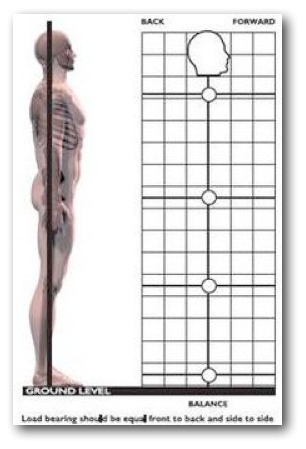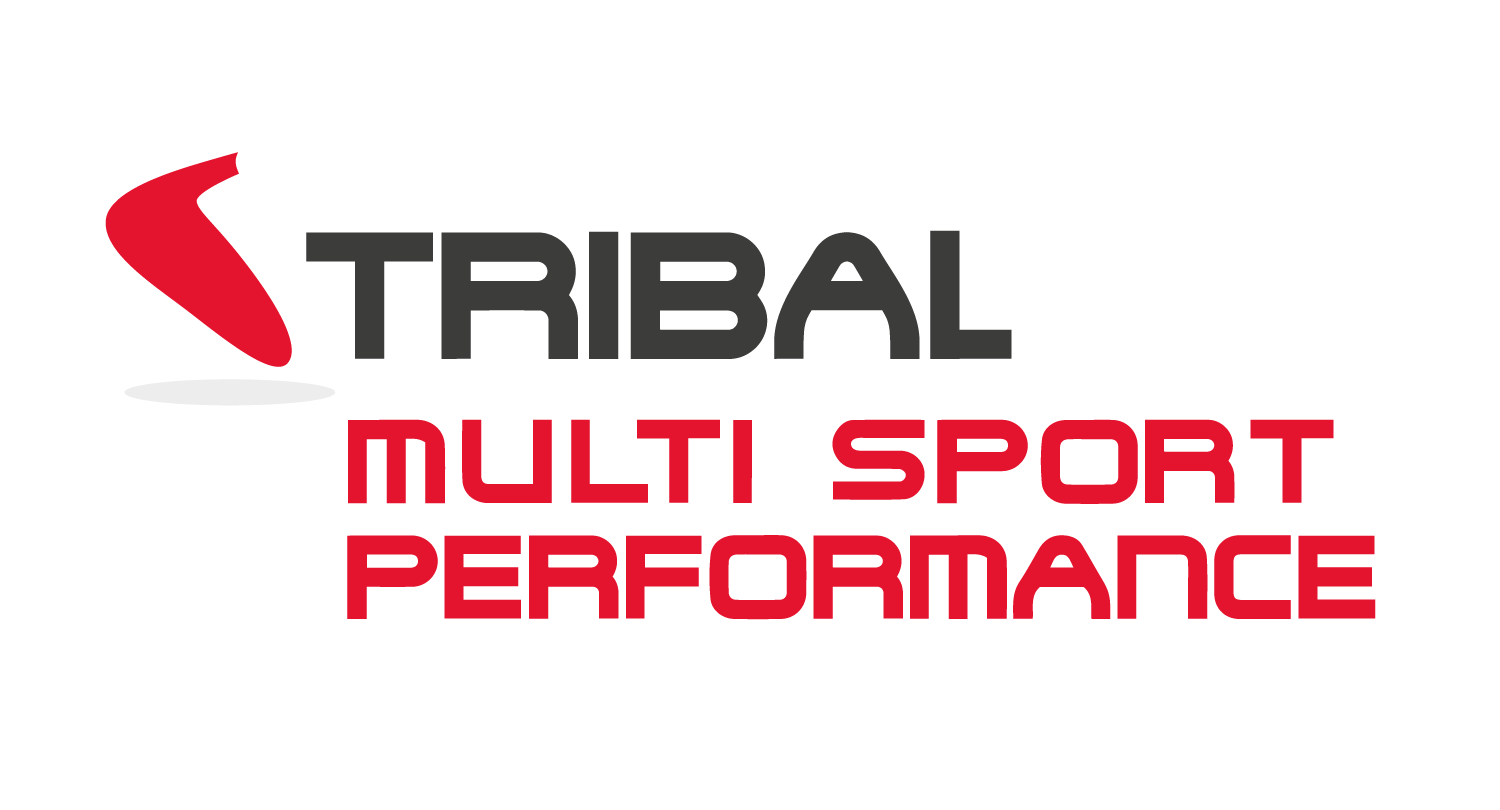Tribal Posture
A definition of ideal posture is “the arrangement of body parts in a state of balance that protects the supporting structures of the body against injury or progressive deformity” Posture Committee of the American Academy of Orthopaedic Surgeons, 1947.
Poor posture, on the other hand, is a faulty relationship between the various parts that results in increased strain on the supporting structures and a less efficient balance of the body over its base of support.
Benefits to the Triathlete
Injury Prevention
The increased strain caused by poor posture is Tribal’s main motivation for helping you improve your static and dynamic posture. It’s hard enough already to juggle the three disciplines, when you are able to remain in equilibrium and move efficiently your chances of injury are greatly decreased. Staying healthy and free from repetitive strain injuries and muscle or joint pain goes a long way to enhancing your progress and training continuity.
Performance Enhancement
Also, when you are able to deliver movement from a balanced and stable support you generate greater speed and strength; the benefits being that you are able to swim, ride and run faster and for longer without discomfort.
Developing Optimal Posture
The pursuit of optimal posture is very much a lifelong quest and an all day, everyday task. A triathlete needs to be aware of their day-to-day static equilibrium in both standing and seated posture as well as their training and racing dynamic posture to enhance performance; we cover the ideal postures for swim, bike and run later.
You will here me refer to posture regularly within the strength section as we are keen to produce usable stability, strength and power that crosses over to your triathlon performance and can only be developed when we strengthen around the equilibrium. Similar to our skill development in swim, bike and run, it is very much the case that, when learning, technical proficiency is of greater concern than a certain amount of reps or sets when strength training.
Static Posture
Static posture can be viewed from 3 angles, from the side, the front and the back. Each angle is looking for equilibrium and deviations from the standard that would be great indications of muscle strain and discomfort.
The term “normal” or “ideal” posture is something of a misnomer, most people do not posses normal posture and it is rare to find an individual that matches the standard in every respect; rather, perfect posture provides a standard to aspire to and against which an individual’s posture can be compared to.

Lets take a look at the standard for the side view alignment; you’ll notice that in neutral alignment the ear, middle of shoulder, middle of hip, middle of knee and middle of foot are in the same vertical plane. Why not have a friend take a photo of your side on posture and compare to the standard.
- Head- Eyes to the horizon with chin tucked in.
- Neck- Slight forwards curve.
- Shoulder blade- Flat against upper back.
- Upper back- Slight backwards curve.
- Lower back- Slight forwards curve.
- Pelvis- Neutral position. We’ll talk about this in pilates.
- Hip- Neutral position neither forwards nor back from the midline.
- Knee- Neutral position, soft knee, neither locked back or heavily bent.
- Ankle- Neutral position, Leg vertical and right angle to the foot.
Deviations from the Standard
Changes in muscle length are often reflected in postural alignment, creating awareness of our posture can go a long way to determining and correcting muscle balance issues. Muscles all work as pairs, each muscle in the pair acting on a joint in the opposite direction. Muscle imbalance occurs when a particular muscle is significantly stronger, shortened or stretched than its pair.
When muscle imbalance occurs, two distinct changes occur. One muscle in the pair shortens and the opposite lengthens. The mixture of tightness and weakness alters body segment alignment and alters the balance point of a joint affecting equilibrium. The joint will be pulled out of alignment toward the tight muscle, the tight muscle becoming tighter and tighter over time if there is no lifestyle adjustment or intervention.
As an example, consider the stooped posture of an old lady and how over time the stoop becomes greater and greater until they struggle to stand up at all. Actually, other groups that regularly show the early signs of what the old lady is suffering with are cyclists, office workers and those who drive regularly. Hope this has got your attention.
Here are a couple of posture checks to help you address any postural issues before they become problems.
Standing Posture Perception Check
Here’s a quick perception check that you should complete regularly to ensure you have equilibrium over your base of support. Self-perception of your pressure distribution of your weight should be your first port of call when considering your posture.
First, establish that you have a 50/50 balance between your left and right foot, if you want to check your perception is accurate you can use 2 identical scales- when you have a 50/50 split you will display an even weight on each scale, the result may surprise you as your perception of an even balance may be favouring one side quite dramatically.
Secondly, focus on your front to back weight distribution. Rock between your heals to your toes and then settle in neutral. The weight distribution in your feet should be as follows-
55% of body weight should be carried over the heal.
5% of body weight should be carried over the midfoot.
40% of body weight should be carried over the forefoot.
Seated Posture Check
Please bare in mind, we are not designed to sit on a chair or on a bike for any length of time, its a bad posture for us and will inevitably lead to pain. If you have to sit, make sure you get up regularly and complete the four stretches for balancing hip and back regularly throughout the day to help balance you out. Follow the 5 points below for enhancing your seated posture at work, in the car or at home.
Position your hip, knee and ankle joints. Once seated, check the angle for each of these joints. The desired angle is 90 degrees. Whilst driving the aim to get into 90 degrees at your hip.
Sit on your sit bones. In sitting your base of support is your pelvis, specifically your sit bones (the two knobly bones at the base of your pelvis). Try rocking from the front to the back of your sit bones (pelvic tilting), neutral is the balanced point in the middle of the two extremes of the movement.
Maintain your lumbar curve. Your lower back has a gentle forwards curve that should be maintained when seated. If you struggle to maintain this slight curve continue to practice the pelvic tilting exercise from point 2 and regularly adjust to neutral.
Turn off and relax. When you try to adjust your normal posture it can lead to more tension than relaxation, take regular opportunities to slow down, breathe and relax into the exercise.
Rotate your chest ½ cm up. This last point should again be completed with maximum relaxation. Once you have adjusted your hip and lower back attempt to gently rotate your chest bone up by just ½ cm. The exercise will help your shoulders turn off and your scapular sit flat against your back.
If possible, get yourself a standing workstation for work and ensure you set your bike up to arrange yourself in the best possible position for when you do have to sit for extended periods of time.
To download your “Stretches To Balance The Hip & Back” PDF, please click the link below:
VIDEO – Basic Pilates Exercises
To download your “Self-Massage Tenderness Scores” PDF, please click the link below:


